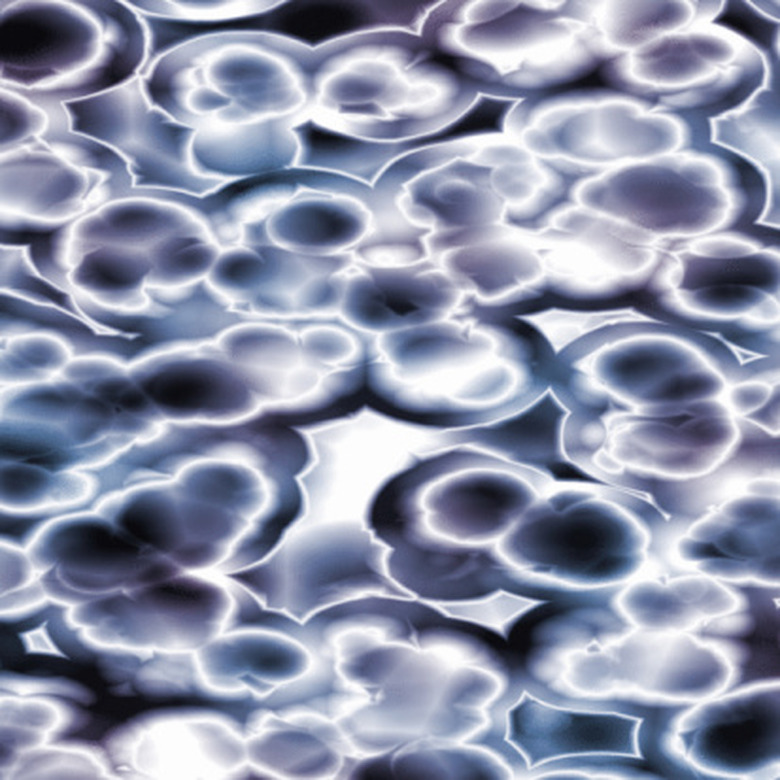Project Topics In Microbiology For Undergraduates
Microbiology is an actively-researched field concerned with the study of microorganisms, from eukaryotic fungi to single-celled and cell-cluster organisms. Many schools at the undergraduate level offer a variety of microbiology courses, which opens up the type of projects that are suitable for this level of study to encompass highly focused topics as well as wider, interdisciplinary ones.
Immunology and Antibodies
Immunology and Antibodies
Immunology is the study of the body's responses to infection and disease. It's a project topic for anyone interested in assessing the body's immunological response systems under various conditions. A project could assess the reliability of particular antibodies to certain foreign molecules. It could also note the ways antigens function, work together and destroy invading microbes in order to protect the body.
Red Tide
Red Tide
Red Tide is caused by algal blooms, or periods when certain red algae in the ocean become numerous. Certain species of these algae release toxins that are dangerous to humans and animals. One project topic can consider these algae species and explore how they release toxins, why they do so, and also what causes their temporary blooms. In particular, shellfish-related poisoning in humans caused by red tide toxins is common, so a project can explore the relationship between the algae and human food sources.
Bacterial Sensitivity
Bacterial Sensitivity
Bacteria are sensitive to ultraviolet rays, which can cause variations of particular bacteria in different ecological situations. Consider a project that measures the effects of these rays on different bacteria. Variables known to affect the outcome of this "bacterial sensitivity" include the wavelength used, the age of the bacteria and the temperature the experiment is carried out in. Apply your laboratory findings to real world situations in order to posit the relationship between bacteria variations and ultraviolet rays.
Water Microbiology
Water Microbiology
Water microbiology is concerned with bacteria and other microbes found in water, either in municipal water supplies, well water or naturally occurring aquatic ecosystems. Using simple water-testing procedures, a project can involve itself with determining the microbe populations in various water sources in or around a certain geographical area. This can assess drinking water, freshwater habitats and coastal waters or tidal pools.
Cite This Article
MLA
Orwell, Mark. "Project Topics In Microbiology For Undergraduates" sciencing.com, https://www.sciencing.com/project-topics-microbiology-undergraduates-8346652/. 24 April 2017.
APA
Orwell, Mark. (2017, April 24). Project Topics In Microbiology For Undergraduates. sciencing.com. Retrieved from https://www.sciencing.com/project-topics-microbiology-undergraduates-8346652/
Chicago
Orwell, Mark. Project Topics In Microbiology For Undergraduates last modified August 30, 2022. https://www.sciencing.com/project-topics-microbiology-undergraduates-8346652/
